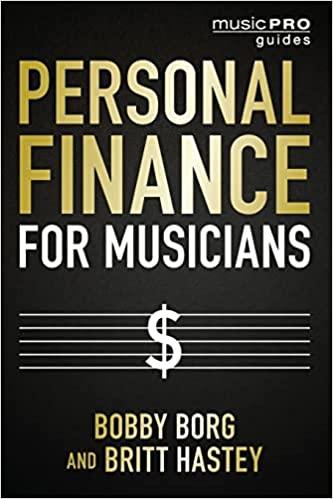Question
You are taking over the management of soccer ball production and you are seeking competitive advantage by minimizing unit production costs. You currently operate two
You are taking over the management of soccer ball production and you are seeking competitive advantage by minimizing unit production costs. You currently operate two plants, one in China and one in Vietnam. Each soccer ball has two main ingredients: an inner bladder (balloon) and an outer covering (cover). In all questions, assume that there are no trade costs. The following table summarizes the number of balloons or covers a worker can produce per day in each of your plants.
| Balloons | Covers | |
| China | 100 | 200 |
| Vietnam | 200 | 200 |
Use the information in the table (above) to answer the following questions.
- Wages per person per day in China and Vietnam equal $100. If you produce a complete soccer ball (cover plus bladder) in China, what is the unit production cost (i.e. the cost to produce one soccer ball)? Similarly, if you produce a complete soccer ball in Vietnam, what is the unit production cost? At the given wages, assuming each plant produces independently, which location has the competitive advantage?
- Instead of producing complete soccer balls in both Vietnam and China, you are considering specializing plants in either balloon or cover production. Wages per person per day in China and Vietnam equal $100. Which plant has the lower unit production cost and therefore the competitive cost advantage in terms of balloons? Which country has the lower unit production cost in terms of covers?
- Keith Head (2007, Elements of Multinational Strategy, p. 31) states that differences in wages (and living standards) across countries will tend to reflect differences in their average productivities (i.e absolute advantages). Average productivity per worker in Vietnam equals (200+200)/2=200. Average productivity in China equals (100+200)/2=150. The relative wage between Vietnam and China is then expected to be about 200/150=4/3. Suppose wages in Vietnam are $120 per day and wages in China are $90 per day, such that the relative wage equals 120/90=4/3. Compare four production strategies to determine which one maximizes your competitive advantage by minimizing the unit production costs of a soccer ball.
- In plan A, you produce covers and balloons in China and you close your Vietnam facility.
- In plan B, you produce covers and balloons in Vietnam and you close your China plant.
- In plan C, you produce balloons in Vietnam and covers in China.
- In plan D, you produce balloons in China and covers in Vietnam. Which production plan minimizes the unit production costs of a soccer ball?
- Which plant has the comparative advantage in covers? Which has the comparative advantage in balloons? How is competitive advantage in unit production cost (i.e. the cost ranking across plans AD in the previous question) associated with specialization according to comparative advantage?
- Let us introduce a third production activity. The production of a complete soccer ball now requires a cover, a balloon and assembly. In the case of China, suppose that a worker can assemble 200 soccer balls per day. In Vietnam, a worker can assemble 300 soccer balls per day. Wages in Vietnam are $120 per person per day; wages in China are $90 per person per day. Where do you establish your assembly plant: in China or in Vietnam?
- You are following a cost minimizing production strategy. At the moment, it is cost minimizing to produce balloons in Vietnam and covers in China. Your assembly plant is located in Vietnam. In China, a worker can assemble 200 soccer balls per day. In Vietnam, a worker can assemble 300 soccer balls per day. Outputs per worker for balloons and covers are indicated in the table above. Due to labor market programs, however, wages in Vietnam are increasing relative to wages in China. Which part of production do you expect is first to move from Vietnam to China: balloons or assembly?
Step by Step Solution
There are 3 Steps involved in it
Step: 1

Get Instant Access to Expert-Tailored Solutions
See step-by-step solutions with expert insights and AI powered tools for academic success
Step: 2

Step: 3

Ace Your Homework with AI
Get the answers you need in no time with our AI-driven, step-by-step assistance
Get Started


